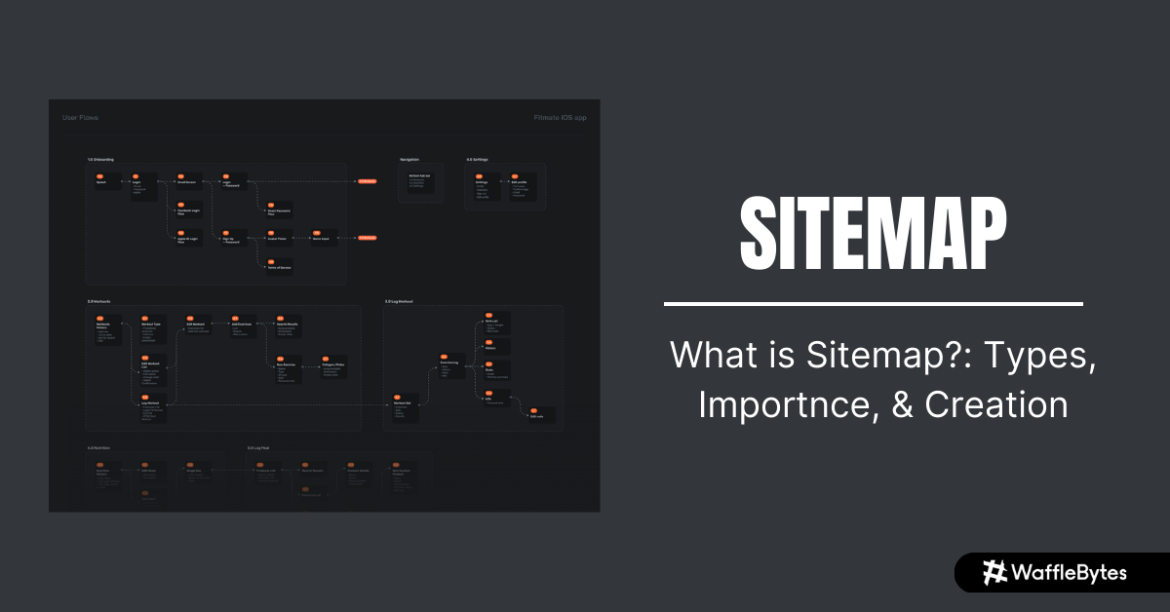A sitemap.xml is an important file that is used to inform search engines about the pages on a website that are available for crawling. In this article, we will discuss what a sitemap.xml is, why it is important, and how to create one.
What is a sitemap.xml?
A sitemap.xml is a file that lists all the pages on a website, along with other relevant information such as the last time the page was modified, how often it changes, and its priority in relation to other pages on the site. The file is in XML format, which stands for “Extensible Markup Language.”
Why is a sitemap.xml important?
A sitemap.xml is important because it helps search engines crawl a website more efficiently. By providing a list of all the pages on a site, along with additional information about each page, a sitemap.xml helps search engines understand the structure and content of the site. This can help improve the site’s visibility in search engine results, which can lead to increased traffic and engagement.
In addition, a sitemap.xml can be used to:
Identify broken links:
A sitemap.xml can help identify broken links on a site, which can negatively impact the user experience and hurt the site’s search engine rankings.
Prioritize content:
By indicating the priority of different pages on a site, a sitemap.xml can help search engines understand which pages are most important, and therefore should be crawled and indexed first.
Inform search engines about content updates:
By indicating when a page was last modified and how often it changes, a sitemap.xml can help search engines understand when to crawl and re-index pages.
Types of Sitemap
There are several types of sitemap.xml, each designed for a specific purpose. Here are some of the most common types:
1. XML sitemap:
This is the most basic and widely used type of sitemap.xml. It lists all the pages on a website, along with additional information such as the last time the page was modified, how often it changes, and its priority in relation to other pages on the site. This type of sitemap.xml is used by search engines to crawl and index a website.
2. Image sitemap:
An image sitemap.xml is a type of sitemap.xml that lists all the images on a website, along with additional information such as the image title, caption, and description. This type of sitemap.xml is used by search engines to understand the visual content of a website, and can improve image search rankings.
3. Video sitemap:
A video sitemap.xml is a type of sitemap.xml that lists all the videos on a website, along with additional information such as the video title, description, and duration. This type of sitemap.xml is used by search engines to understand the video content of a website, and can improve video search rankings.
4. News sitemap:
A news sitemap.xml is a type of sitemap.xml that lists all the news articles on a website, along with additional information such as the publication date, title, and author. This type of sitemap.xml is used by search engines to understand the news content of a website, and can improve news search rankings.
5. Mobile sitemap:
A mobile sitemap.xml is a type of sitemap.xml that lists all the pages on a website that are optimized for mobile devices. This type of sitemap.xml is used by search engines to identify pages that are specifically designed for mobile users, and can improve mobile search rankings.
How to create a sitemap.xml
Creating a sitemap.xml is a relatively simple process. There are many tools available that can help you generate a sitemap.xml file automatically. Here are the steps to create a sitemap.xml:
- Identify the pages on your site: Use a tool like Screaming Frog or Google Search Console to generate a list of all the pages on your site.
- Prioritize the pages: Determine which pages are most important, and assign a priority value to each page.
- Determine how often pages change: Indicate how often each page on your site changes, using values like “always,” “hourly,” “daily,” “weekly,” “monthly,” “yearly,” or “never.”
- Generate the sitemap.xml file: Use a sitemap generator tool to create the sitemap.xml file.
- Submit the sitemap.xml to search engines: Once the sitemap.xml file has been created, submit it to search engines using their respective webmaster tools.
In conclusion
A sitemap.xml is an important file that can help improve a website’s visibility in search engine results. By providing a list of all the pages on a site, along with additional information about each page, a sitemap.xml can help search engines crawl a website more efficiently. Creating a sitemap.xml is a relatively simple process, and there are many tools available that can help you generate one automatically.

